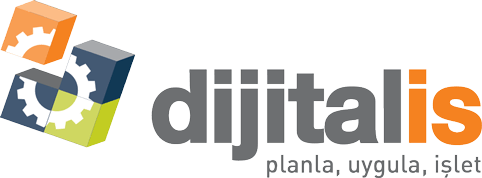Single Source Project Support
Whether you are setting up a new production line or improving an existing one, you will constantly encounter complex investment decisions that could have millions of dollars worth of impact. Obtaining design and simulation services from a single expert firm with expertise in production, methods, and automation ensures that the process is organized and efficiently completed. With a wealth of experience completing numerous process improvement projects, Dijitalis supports you in completing your project on time and below budget. With this experience, you can be sure that operational design of the line is always the top priority and that other design tasks are integrated into the main priority.
Bespoke Solutions to Your Needs
When you want to make a new technological breakthrough in production lines, you'll find that there are many equipment options to choose from, each with its own advantages and constraints. When conflicting experiences and ideas from project stakeholders such as your engineers, equipment manufacturers, and system integrators are added to this complexity, deciding on the "best solution" becomes very difficult. As an impartial consultancy firm, Dijitalis architecture works independently of machinery, equipment, and automation firms. We simulate and test all possible scenarios. When choosing different automation technologies becomes difficult to solve a problem, simulation models will show how each alternative scenario will affect system performance. Based on simulation analyses, we decide with you on the design that best meets your needs. Then, in selecting the right suppliers for each subtask to complete the project, we provide tender and valuation support. Thus, your needs are met with smooth project management from design to commissioning.
Analytical Design Method
Dijitalis uses the industry's most advanced 3D design, simulation, off-line programming, and PLC emulation tools during the design process. Planning is done at both macro and micro levels as a whole. The simulation model used in the design includes a myriad of factors such as equipment speeds, cycle times, setup times, fault and downtime statistics, shift and maintenance schedules, and variability in manual tasks. During planning, lean manufacturing, method improvements, and new automation ideas are tried out and those that work are included in the design. This ensures that;
- Optimally utilizing production resources, labor, factory space, and height,
- Minimizing investment and operating costs,
- Simplifying all logistics and maintenance activities that support production,
- Prioritizing occupational safety and employee health,
- Low energy consumption and environmentally friendly,
You can be sure you're setting up an assembly line.
A Leaner New Process
During the design phase, we aim to achieve an optimum benefit/cost ratio for the entire preceding and succeeding processes to be improved through detailed simulation analyses. Our automation and method development experts develop and compare different production methods and automation options, present them to you for decision making. This ensures;
- A lean production flow from start to finish,
- Ensuring high OEE performance on production lines,
- Ergonomic workstations,
- An economic and efficient value stream map,
- Shorter setup times,
- Working with optimum lot sizes,
- Designing material feeding systems for high efficiency,
Ensuring you work with the highest efficiency, lowest cost, and shortest cycle time in the new layout.
No Trial and Error, but Error-Free Commissioning on the First Attempt
During the commissioning process, numerous unexpected problems can arise. By the time commissioning is due, mechanical fabrication and installation related to the design are complete. The design concept of the project, hardware, and software components come together for the first time. The dynamic behavior of an automation system leads to high-cost problems at this stage because the system cannot be tested before it is set up. Dijitalis' virtual commissioning services ensure that all controls and tests are conducted during the design phase. The designed automation system can be simulated under dynamic conditions and operational loads before mechanical fabrication even begins. Automation algorithms and operating rules are verified by connecting the PLC to the virtual model. Sensor, servo motor, and code changes to fix synchronization errors can be made at this stage without incurring any additional cost.

